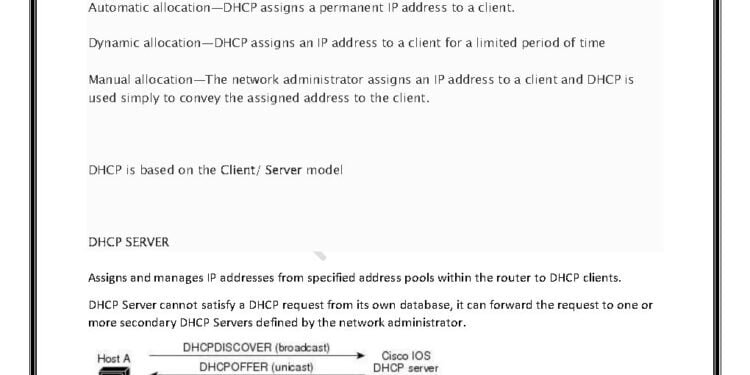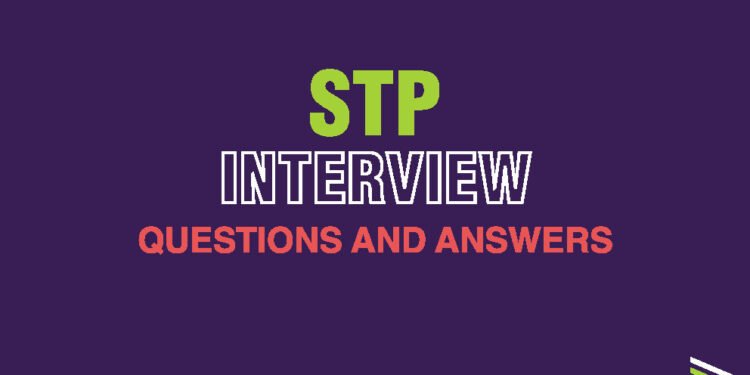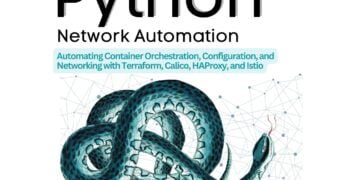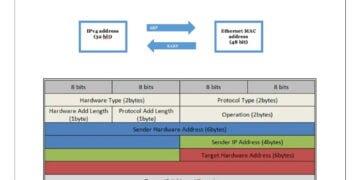Introduction
Welcome to our comprehensive guide on DHCP (Dynamic Host Configuration Protocol). In this guide, we will provide you with a detailed overview of DHCP, its importance, and how it works. Whether you are new to networking or looking to refresh your knowledge, this guide will serve as a valuable resource.
Overview about The Guide
This guide aims to provide you with a clear understanding of DHCP and its role in managing IP addresses within a network. It will cover the basics of DHCP, its benefits, and the various components involved in its operation. By the end of this guide, you will have a solid foundation in DHCP concepts and be able to implement and troubleshoot DHCP configurations effectively.
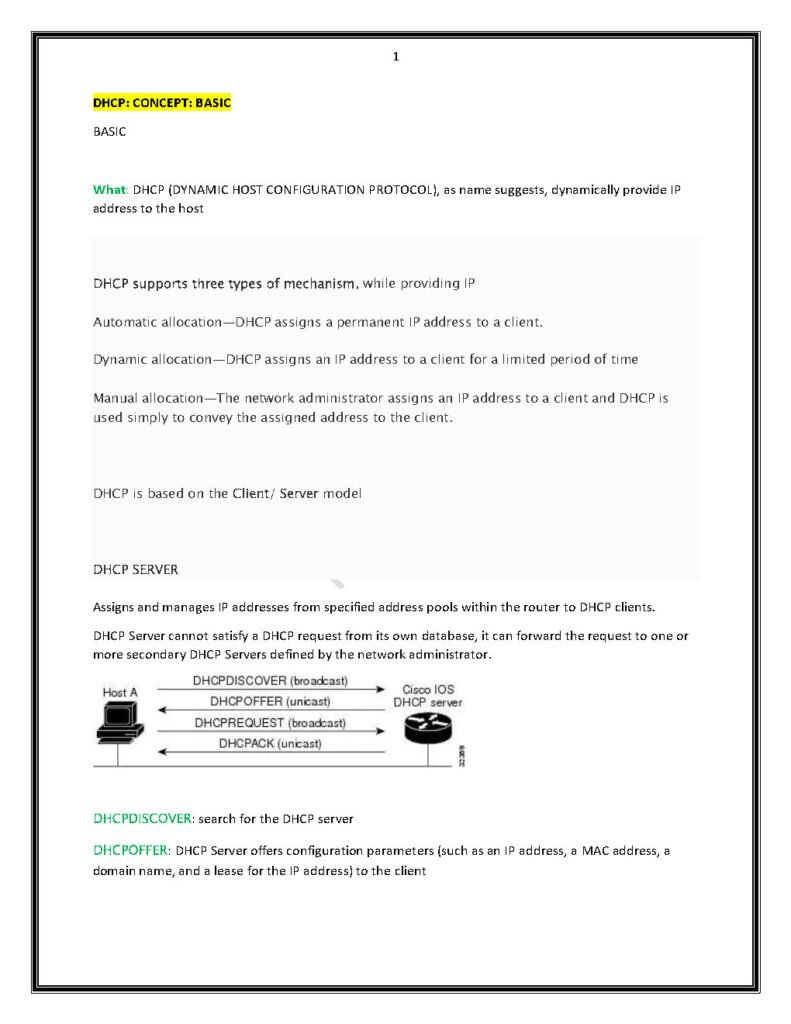
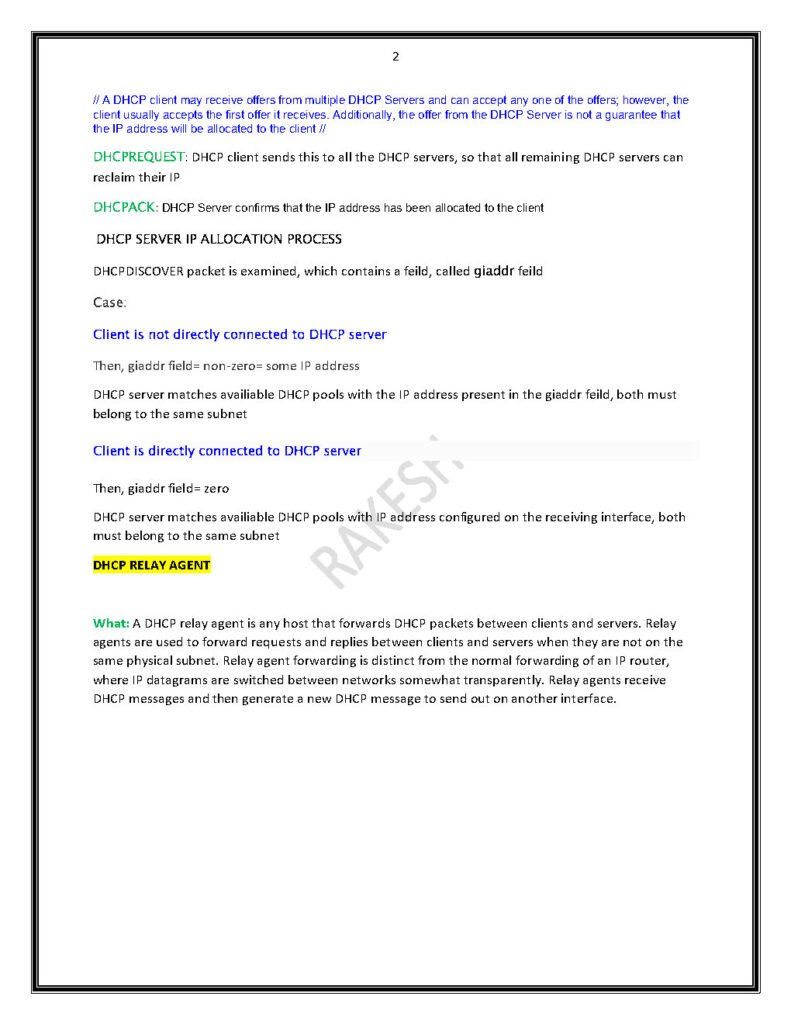
The Content Of The Guide
The guide is divided into several sections, each focusing on a specific aspect of DHCP. The content is structured in a logical manner to ensure a smooth learning experience. Here is an overview of what you can expect:
1. Introduction to DHCP
In this section, we will provide a brief introduction to DHCP, explaining its purpose and how it simplifies the management of IP addresses. We will also highlight the advantages of using DHCP over manual IP address assignment.
2. DHCP Server and Client
Here, we will delve deeper into the DHCP server and client components. You will learn how the DHCP server assigns IP addresses dynamically to clients and how clients request and renew IP leases. We will also discuss the role of DHCP relay agents in facilitating communication between DHCP clients and servers across different subnets.
3. DHCP Lease Process
This section will walk you through the DHCP lease process, including the steps involved in obtaining, renewing, and releasing IP leases. We will explain the significance of DHCP lease duration and how it impacts network performance and IP address management.
4. DHCP Options
In this part of the guide, we will explore DHCP options, which allow additional configuration parameters to be provided to DHCP clients. We will discuss commonly used options such as DNS server addresses, default gateway, and subnet mask.
5. DHCP Troubleshooting
Network issues related to DHCP can be challenging to diagnose and resolve. In this section, we will cover common DHCP troubleshooting scenarios and provide tips and techniques to troubleshoot DHCP problems effectively. You will learn how to identify and resolve issues related to IP address conflicts, DHCP server unavailability, and misconfigured DHCP clients.
Key Topics
The key topics covered in this guide include:
- Introduction to DHCP
- DHCP server and client components
- DHCP lease process
- DHCP options
- DHCP troubleshooting
Conclusion
By now, you should have a solid understanding of DHCP and its role in managing IP addresses within a network. DHCP simplifies the process of IP address assignment, making it easier to manage and scale networks. We hope this guide has provided you with the necessary knowledge to implement and troubleshoot DHCP configurations effectively.
Download From Link
To access the full DHCP Concept Basic PDF guide, please click here.
Thank you for choosing our guide as your resource for understanding DHCP. We are confident that this guide will enhance your networking knowledge and help you in your professional endeavors.

